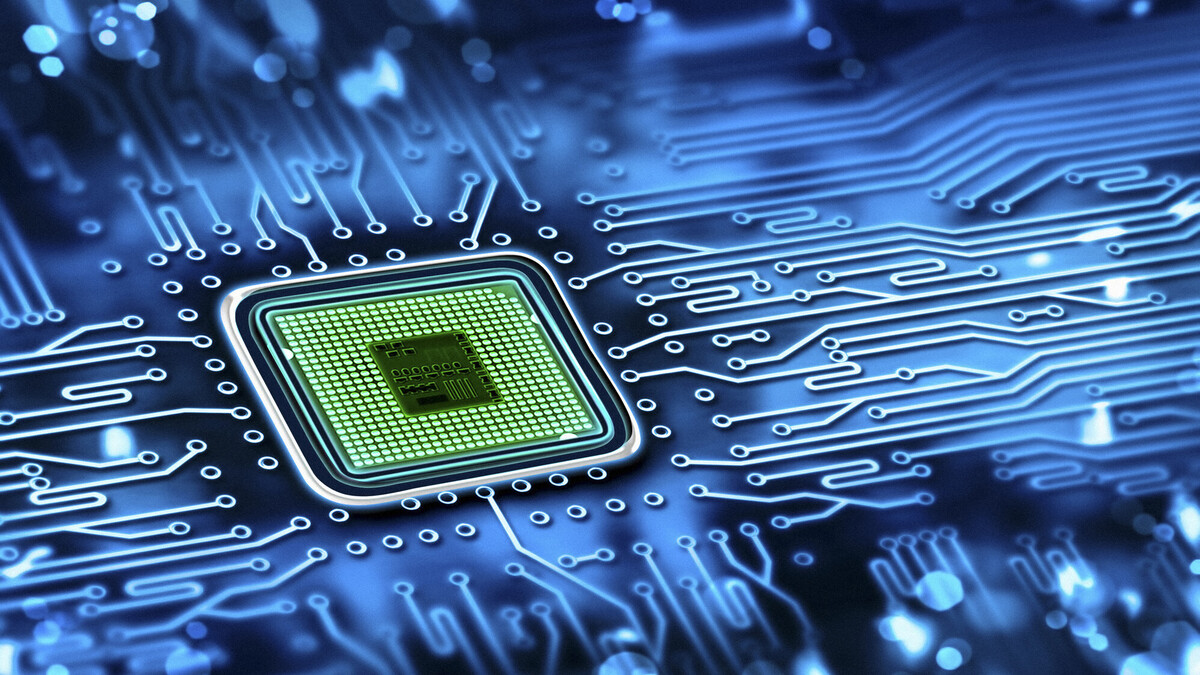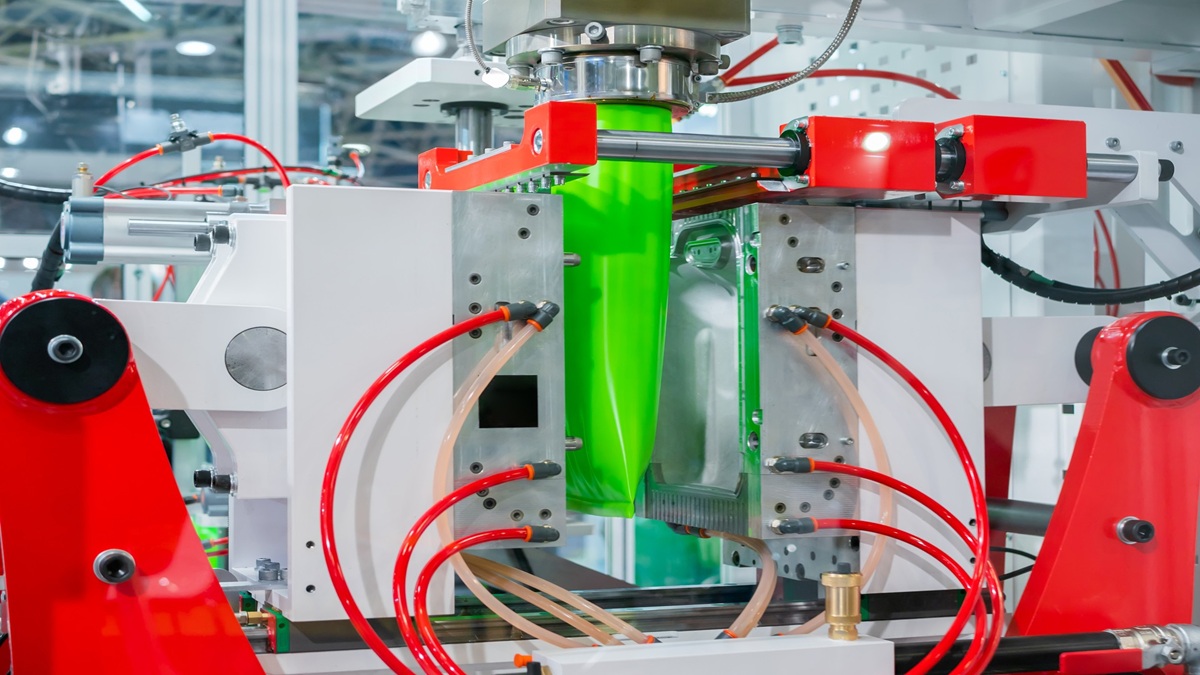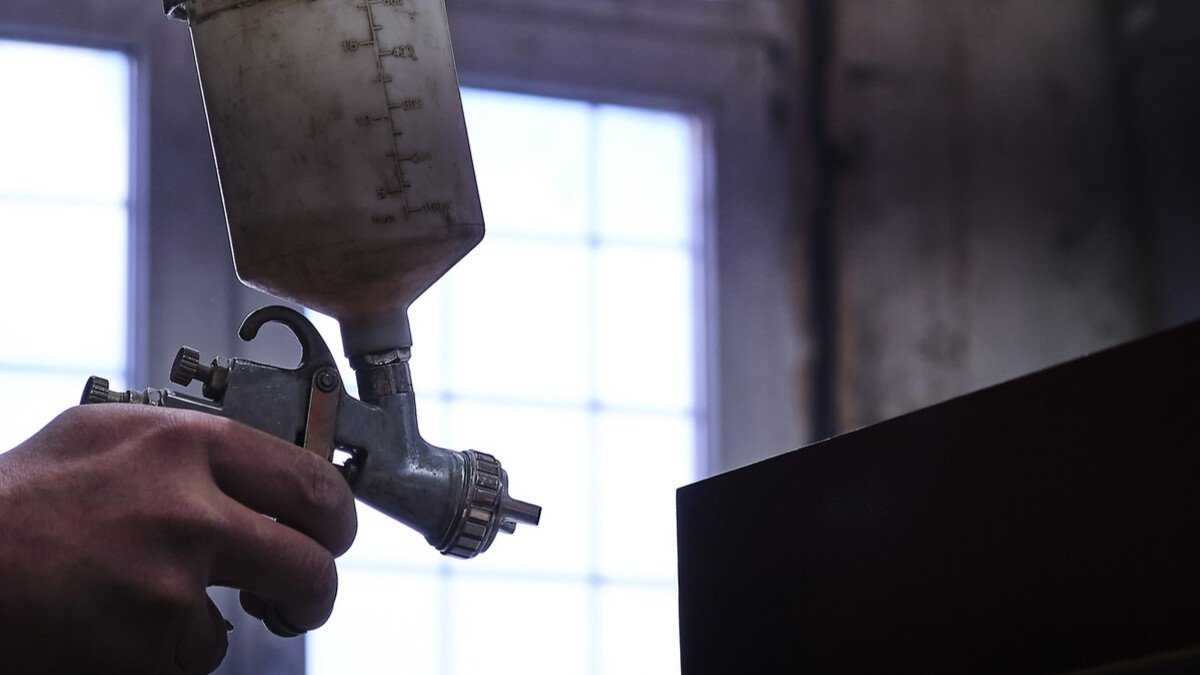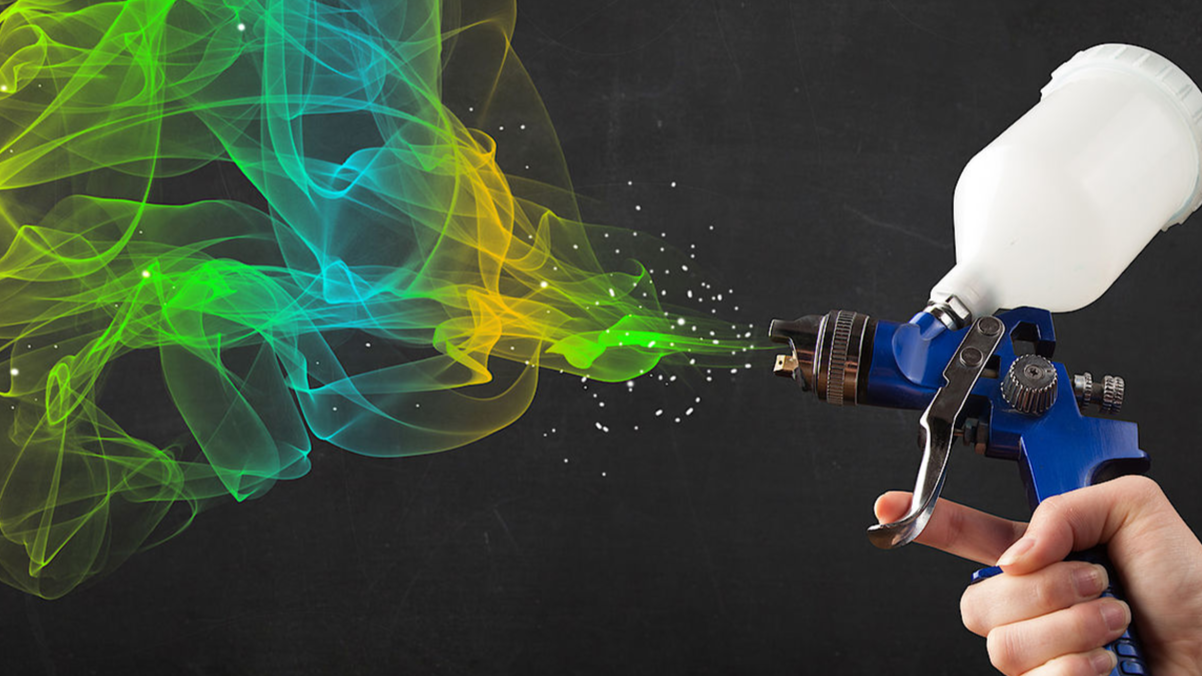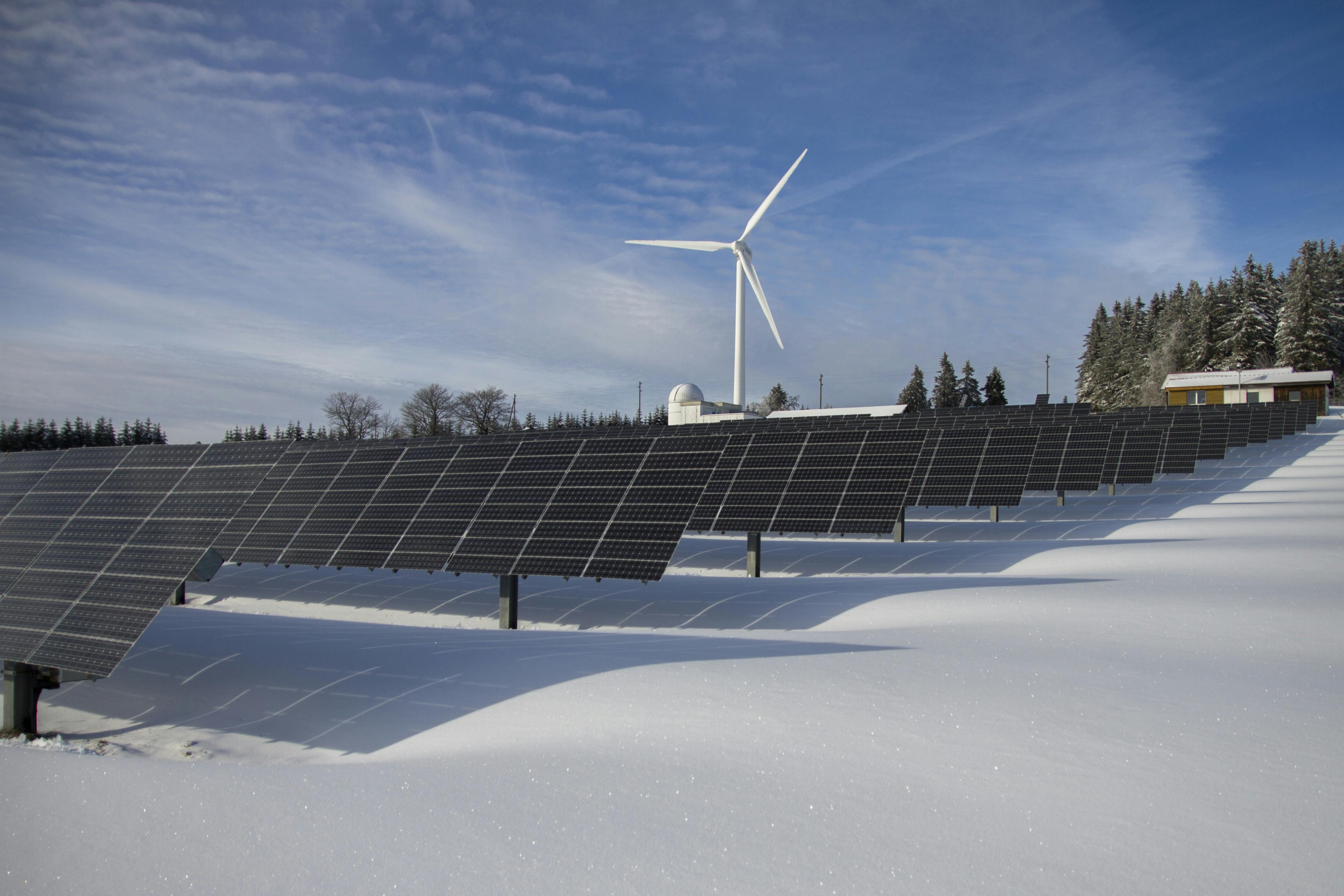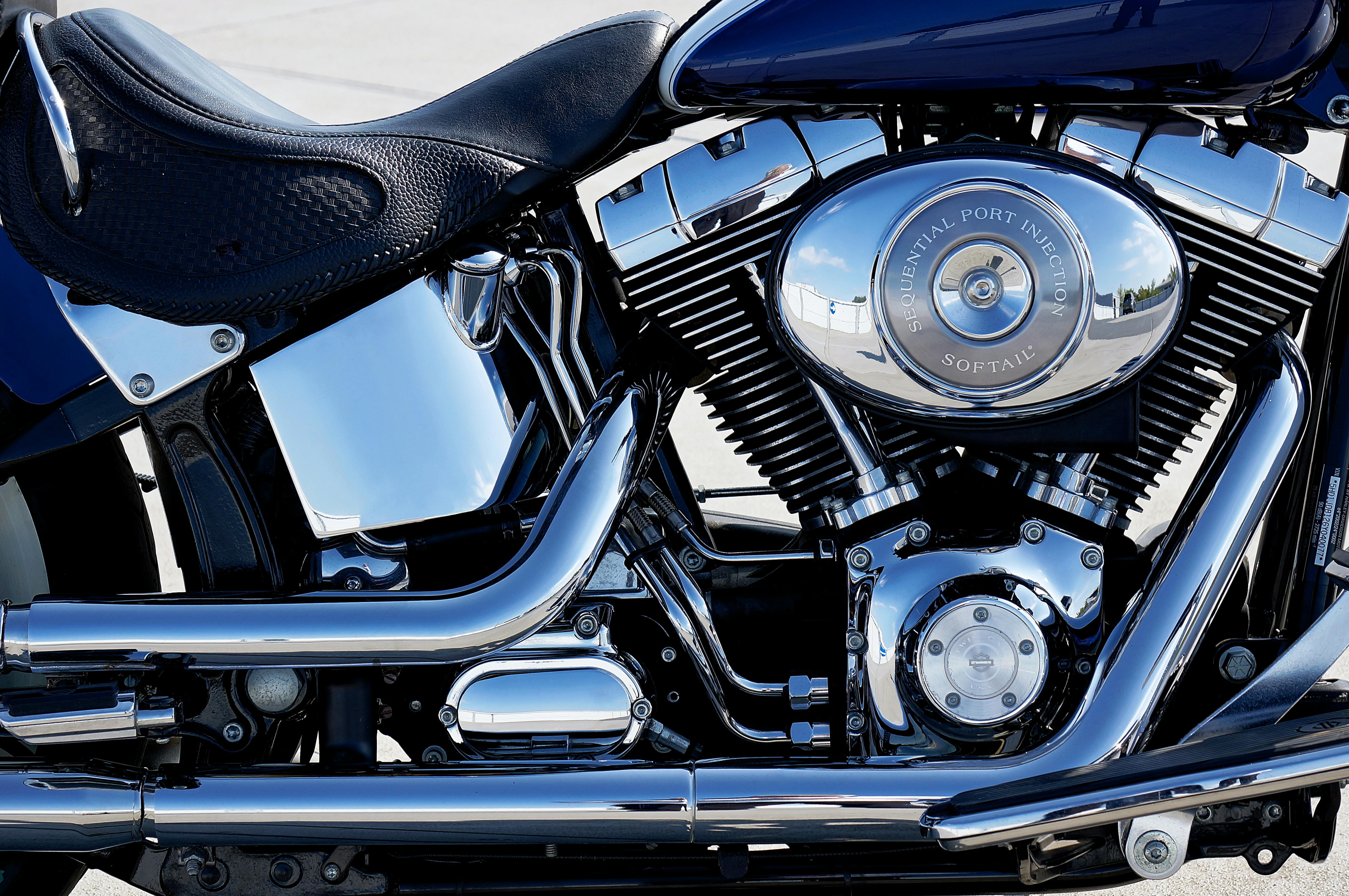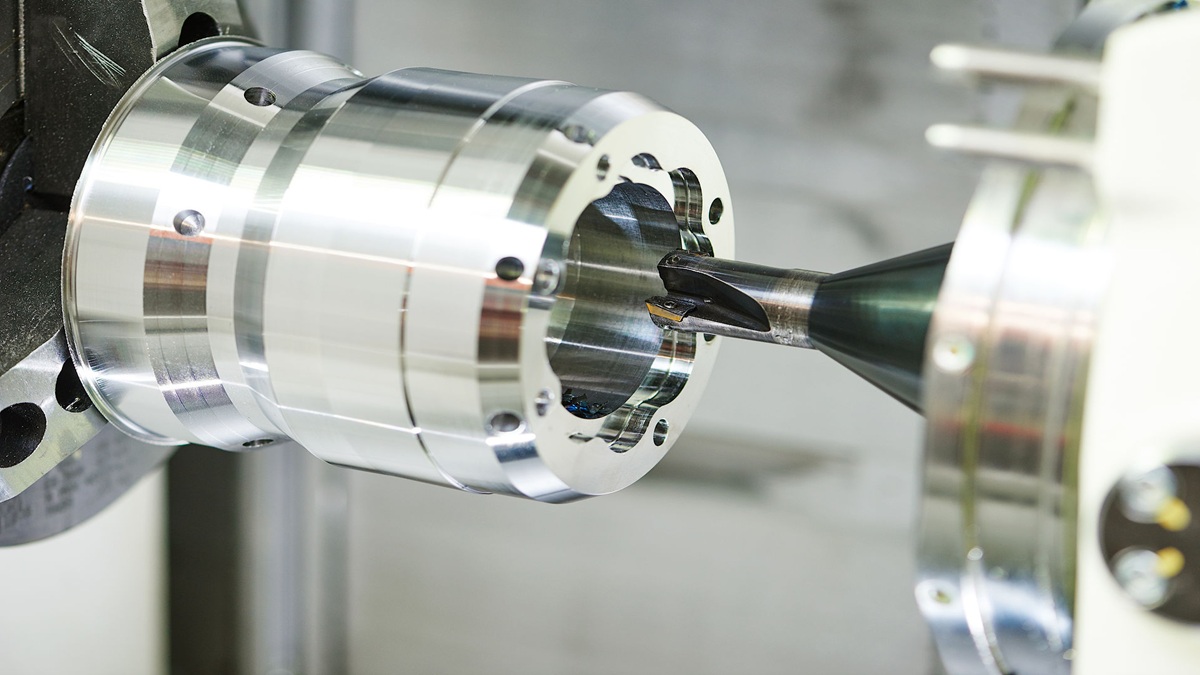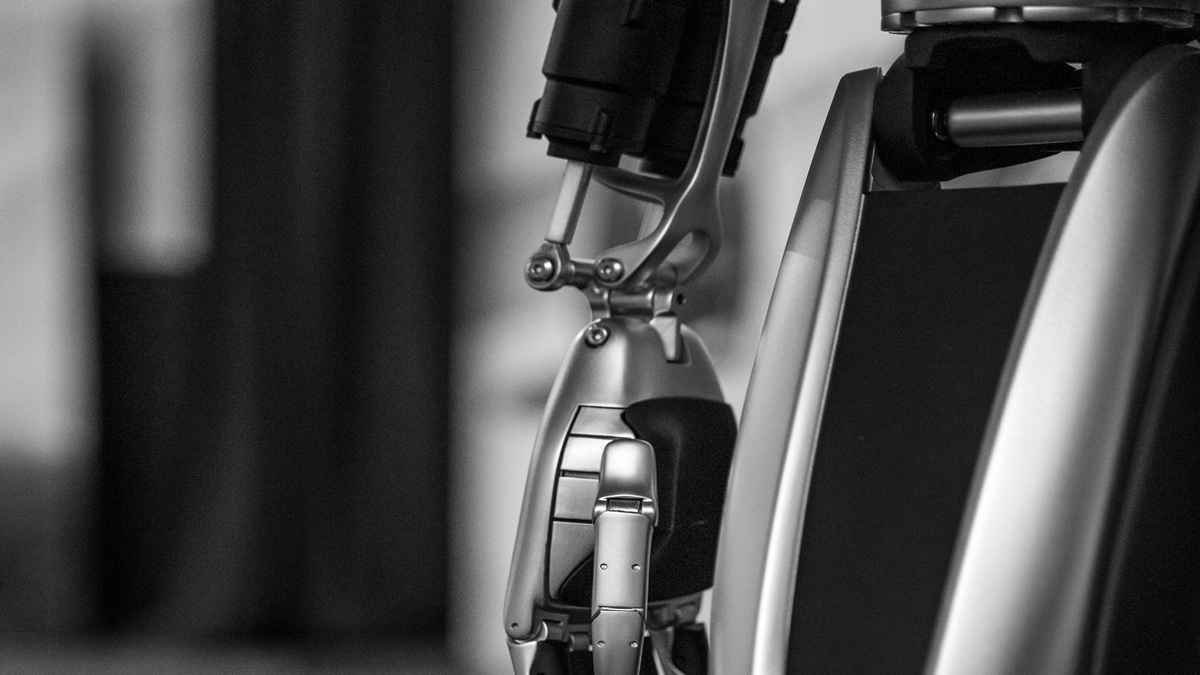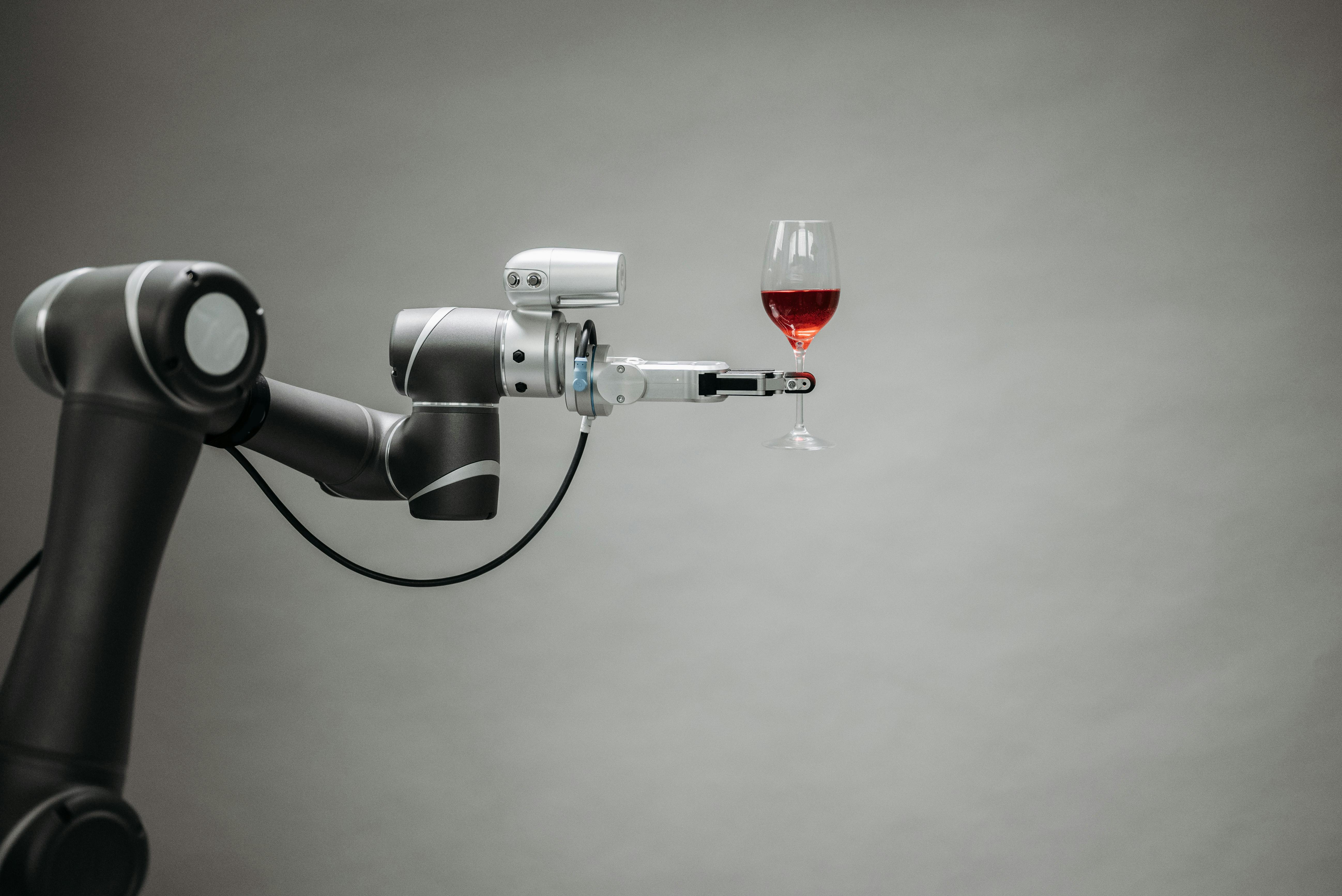Knowledge
Every time we pick up a smartphone, we experience lightning-fast performance—but we rarely think about the hidden “precision secrets” behind it. One of the unsung technologies supporting the entire semiconductor manufacturing chain is the CNC machine. Every step, from wafer slicing to packaging, demands absolute nanometer-level precision—any tiny error can render an entire chip useless. This is a little-known factor that can determine market leadership.
2025-08-21 15:23:49
Fabric quality not only determines the appearance of clothing but also affects durability, comfort, and wearing experience. For consumers, good fabric reduces issues such as pilling, deformation, or fading. For fashion brands and buyers, consistency in fabric quality directly impacts product reviews and return rates. The lifespan of a garment often depends on choosing the right fabric from the very start.
2025-08-21 14:51:08
Blow molding technology traces its roots back to the ancient art of glassblowing. As early as the 1st century BC, the Phoenicians had already mastered glassblowing techniques. In the early 20th century, this principle was successfully adapted to plastics processing, leading to the creation of the world’s first plastic blow molding machine. From beverage bottles and cosmetic jars to large water tanks and automotive fuel tanks, blow molding enables the efficient and consistent mass production of a wide range of hollow plastic products. These items not only feature uniform wall thickness and lightweight design but also offer durability and functionality. This fusion of ancient wisdom and modern craftsmanship has made blow molding an indispensable core technology in both everyday life and industrial manufacturing.
2025-08-21 12:04:17
Spray guns are essential tools for professionals and DIY enthusiasts alike, helping them work efficiently. However, like any other tool, keeping a spray gun in top condition requires regular cleaning and maintenance. Understanding how your spray gun works and performing routine upkeep are the two keys to ensuring stable operation and a long service life.
2025-08-20 16:49:26
From the early cast-iron spray guns to modern carbide and ceramic materials, the durability of spray guns has made a monumental leap. These historical examples show that upgrading materials can increase durability by dozens of times. Modern material technology further highlights this trend: under the same working conditions, reports indicate that the lifespan of a steel spray gun is far shorter than that of a tungsten carbide gun, which in turn is not as durable as a ceramic spray gun. This makes the choice of material for this critical industrial component a determining factor in production efficiency and cost control.
2025-08-20 16:31:44
In the solar panel manufacturing industry, the silicon wafer cutting machine (Wire Saw) forms the foundation of the entire production process and stands as the key equipment determining both product yield and cost. From slicing monocrystalline or polycrystalline silicon ingots to shaping the wafers used in photovoltaic modules, the quality of each wafer directly impacts the efficiency and durability of solar panels.
2025-08-20 15:44:08
In modern manufacturing, materials science has become a critical factor in industrial competitiveness. The widespread adoption of advanced composites and aluminum alloys has not only transformed the design of high-performance sport engines but also propelled technological advancements in the automotive, aerospace, and high-performance industrial equipment sectors. These two material categories, due to their unique properties, demonstrate significant trends and value across diverse manufacturing applications.
2025-08-20 14:41:23
Choosing the right CNC machine tool is essential for efficient and precise manufacturing. Instead of focusing on price or brand alone, consider your machining needs, including workpiece size, complexity, material, and automation requirements. This guide helps you select the ideal CNC machine for your production goals.
2025-08-20 14:06:48
Imagine walking into your kitchen in the morning and seeing the robotic arm of an automatic coffee machine steadily grasping your cup, or observing a robot arm in a warehouse rapidly and precisely moving boxes. Behind these smooth movements, it is not just motors or programming at work; structural components quietly provide critical support. Frames, brackets, and housings do more than maintain the skeleton—they carry high-precision gears and bearings, distribute motion loads, protect internal systems, and ultimately allow the robot to move as naturally and steadily as a human hand.
2025-08-20 10:36:52
In industrial automation and smart manufacturing, the ability of robotic arms to rotate as fluidly as a human wrist is not the result of a single component, but rather the synergy of two critical “invisible parts”: gears and bearings. Together, they form the core of robotic joints, ensuring every motion is both precise and smooth. These components, however, are not simply shaped from raw steel; they are the outcome of multiple sophisticated processes—CNC machining, heat treatment, and precision grinding—to meet the highest standards of accuracy and durability.
2025-08-20 10:06:45
Hot Topic
Agree

